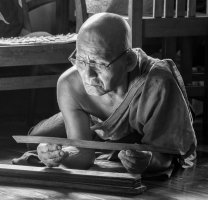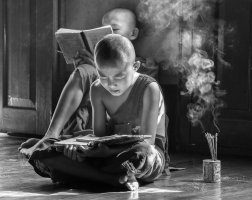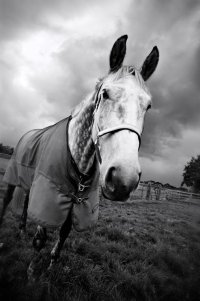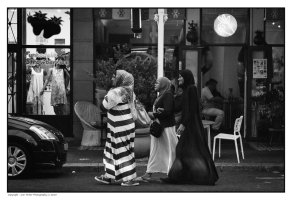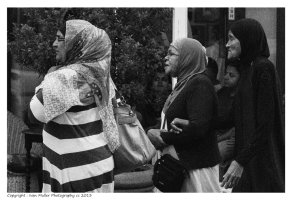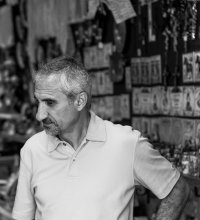zim said:
agierke said:
Additionally, I have discovered that using my 100mm macro to photograph my negatives gives really phenomenal results over straight scanning. You actually retain the grain structure in the negative rather than the weird pixel/grain hybrid look you get from scanning
Really??
That's very interesting, I'd love to know more about your setup for that please.
I considered getting an old FD slide duplicator (I already have an FD/eos adapter) but a quick Google put me off the idea at the time.
Regards
It was actually a forehead slapping moment for me.
It started with me acquiring a 1904 stereo viewer and the idea that I would like to produce my own stereocards. Picked up the kodak stereo camera soon after and shot the test roll. Then came the frustrations of trying to get decent scans out of my epson 3200 with the odd format of the stereo negatives. Back when I got the thing I felt that I got some decent results scanning 120 frames but with the slight curl of 35mm format coupled with the paired images being separated by three frames it was a complete nightmare getting anything remotely acceptable.
After a couple hours scouring the internet for different solutions, I ran across some guys blog expressing the same frustrations about direct scanning that I had and that his solution was to photograph his negatives with his macro lens. This was the forehead slap moment. Brilliance is often so simple...
Anyway, I use a simple light box (same one I used in art school for tracing stuff and viewing print files of negatives). I place the negative emulsion up and place a cleaned piece of glass over it. The guy from the blog suggested taking 4 sections of the negative and merging them in PS to maximize detail and resolution but as I was already shooting a smaller format and just doing a quick handheld shot I just did a single frame at the largest RAW setting.
Works brilliantly! I did have to do a perspective crop in PS as it was hand held my edges weren't perfectly straight and you do have to invert the image to get a positive but the results were CLEAN. Totally beats even the results I used to get scanning 4x5s on a Flex scanner.
Additionally, I used to have to do dupes when I worked at the lab and I always was surprised how much was lost in that process. I would say this process beats those results by a long shot as well.
If you have the 100mm L you should give it a try. I doubt you'd be disappointed. I'm sure the non L would yield superior results as well.


